Artificial intelligence (AI) has rapidly evolved, becoming an integral part of various industries and daily life. At the forefront of this revolution is OpenAI, a research organization dedicated to developing and advancing AI technologies. Their work spans from creating sophisticated language models to pioneering tools that enhance productivity and creativity. In this article, we’ll explore some of OpenAI’s most impactful projects, providing practical examples and insights into their applications.
GPT-4.5: The Next Leap in AI Communication
OpenAI has rolled out GPT-4.5, its most advanced language model yet, aiming to refine human-AI interactions. While currently available only to ChatGPT Pro subscribers and select enterprise users, wider access is on the horizon. With improved pattern recognition and a deeper grasp of emotional nuances, GPT-4.5 offers more natural, contextually aware conversations than ever before.
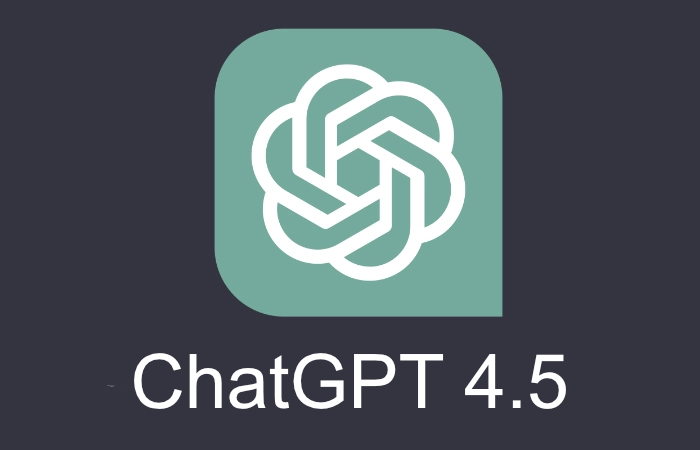
How GPT-4.5 Stacks Up Against GPT-4
| Feature | GPT-4 | GPT-4.5 |
|---|---|---|
| Emotional Intelligence | Basic understanding | More human-like responses |
| Accuracy | Higher hallucination rate | 37% fewer hallucinations |
| Speed | Slower response generation | Faster text processing |
| Multimodal Abilities | Limited file and image handling | Improved file, image, and contextual support |
| Cost per Million Tokens | $ 2.50 | $ 75 |
| Availability | Widely accessible | Limited to Pro users & enterprises |
Where GPT-4.5 Outshines the Competition
GPT-4.5 doesn’t just surpass GPT-4—it's also a strong contender against rivals like Claude 2 and Gemini Ultra. Its improved accuracy makes it a better fit for industries where misinformation is costly, such as legal, financial, and healthcare fields. In creative writing and content production, it delivers more coherent, engaging long-form text with fewer factual inconsistencies.
Developers benefit from faster, more precise code generation, reducing debugging time. Businesses relying on AI-driven customer support get more empathetic and personalized responses thanks to GPT-4.5's advanced sentiment detection. And while it’s still missing real-time voice and video capabilities, its ability to process images and files is ahead of many competitors.
However, these advancements come at a price. GPT-4.5 is significantly more resource-intensive, making it costlier to operate. OpenAI’s ongoing GPU shortage has also impacted access, with expansion plans moving forward gradually.
For now, GPT-4.5 is setting a new benchmark for AI communication. Its blend of speed, accuracy, and emotional intelligence makes it a compelling choice for those who need top-tier AI performance.
Deep Research: Autonomous Information Synthesis
OpenAI’s Deep Research is a groundbreaking AI agent designed to revolutionize how we conduct in-depth research. Launched in early February 2025, this tool aims to transform complex information gathering and analysis into a swift, autonomous process.
What is Deep Research?
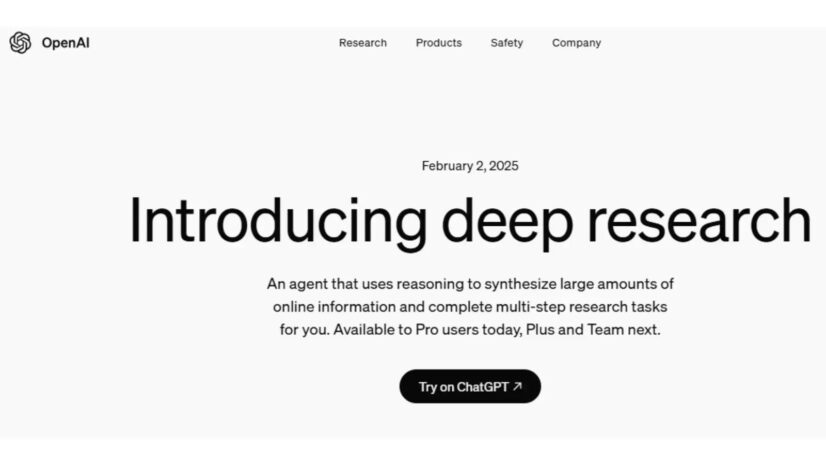
Deep Research is an AI-powered agent integrated into ChatGPT, capable of autonomously browsing the web to generate comprehensive, well-cited reports on specified topics. Unlike traditional AI chat interfaces that provide single-response outputs, Deep Research delves into extensive online data, analyzing and synthesizing information from numerous sources to produce detailed reports akin to those crafted by human analysts. This includes interpreting and analyzing text, images, and PDFs, with future enhancements expected to enable visualization generation and image embedding within reports.
Key Features
Autonomous Multi-Step Research: Deep Research can independently navigate the web, performing complex, layered research tasks. It adapts its approach based on findings, much like a skilled human researcher, ensuring thorough and contextually relevant insights.
Real-Time Transparency: Users receive live updates and detailed citations throughout the research process, allowing for verification and fostering trust in the generated reports. This transparency mirrors the workflow of human experts, enhancing the credibility of the findings.
Advanced Reasoning Model: Powered by a specialized version of OpenAI’s o3 model, optimized for web browsing and data analysis, Deep Research exhibits enhanced reasoning capabilities. This enables it to handle complex queries and provide nuanced, well-substantiated reports.
Practical Applications
Deep Research is poised to benefit various sectors by streamlining research-intensive tasks.
Academic Research: Scholars can leverage Deep Research to quickly gather and synthesize information from diverse sources, expediting literature reviews and exploratory studies.
Market Analysis: Businesses can utilize the agent to perform comprehensive market research, analyzing trends, competitor activities, and consumer sentiments to inform strategic decisions.
Legal Research: Legal professionals can employ Deep Research to efficiently compile case law, statutes, and legal precedents, reducing the time spent on manual document review.
Access and Availability
Currently, Deep Research is available to ChatGPT Pro subscribers at a monthly fee of $ 200, providing users with up to 100 queries per month. OpenAI plans to extend access to Plus, Team, and Enterprise users in the future. However, as of now, the service is not available in the UK or Europe.
Considerations
While Deep Research offers significant advancements in autonomous information synthesis, users should be aware of certain limitations.
Potential for Hallucinations: The agent may occasionally generate information that is not factual or make incorrect inferences. Users are encouraged to verify critical details and cross-reference with authoritative sources.
Source Credibility Assessment: Deep Research might struggle to distinguish between authoritative information and rumors, necessitating user discretion in evaluating the reliability of sources. In summary, OpenAI’s Deep Research represents a significant leap forward in AI-driven autonomous research and analysis. By automating complex information synthesis tasks, it holds the potential to enhance productivity across various fields, from academia to industry. As with any AI tool, mindful application and critical evaluation of its outputs are essential to maximize its benefits.
OpenAI Gym: A Toolkit for Reinforcement Learning
OpenAI Gym is a comprehensive toolkit designed to facilitate the development and evaluation of reinforcement learning (RL) algorithms. Introduced by OpenAI in 2016, it provides a standardized environment and a diverse suite of tasks that enable researchers and developers to test and compare their RL models effectively.
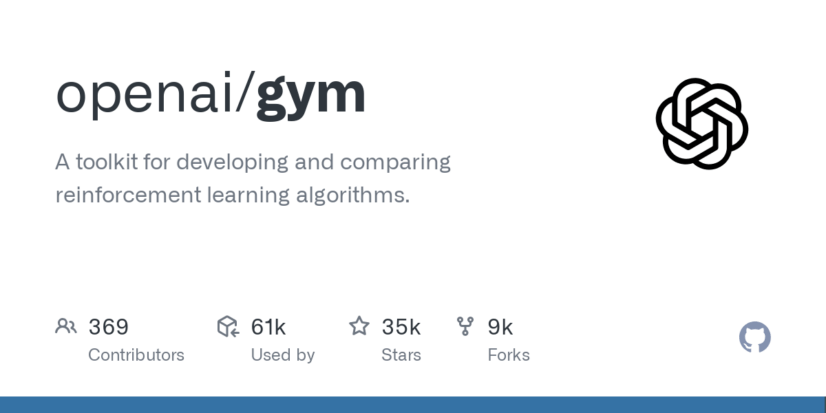
Key Features of OpenAI Gym
- Standardized API: Gym offers a consistent interface for various RL tasks, allowing seamless integration and evaluation of different algorithms.
- Diverse Environments: The toolkit includes a wide range of environments, from classic control problems and board games to complex simulations like Atari games and robotic tasks. This diversity enables users to train agents across various scenarios, enhancing their adaptability and performance.
- Community and Benchmarking: Gym fosters a collaborative community where users can share results and compare algorithm performance, promoting transparency and reproducibility in RL research.
Transition to Gymnasium
In recent developments, the maintenance and further development of OpenAI Gym have transitioned to Gymnasium, a project under the Farama Foundation. Gymnasium serves as a drop-in replacement, offering continued support and enhancements for the original Gym library.
Practical Applications
OpenAI Gym has been instrumental in advancing RL by providing a reliable platform for:
- Algorithm Development: Researchers utilize Gym to design, test, and refine new RL algorithms in a controlled and consistent setting.
- Educational Purposes: Educators and learners employ Gym as a teaching and learning tool to understand RL concepts through hands-on experimentation.
- Benchmarking: Developers benchmark their algorithms against standard tasks in Gym to assess performance and identify areas for improvement.
For those interested in exploring or contributing to this evolving toolkit, the Gymnasium documentation provides comprehensive resources and guidance.
Dactyl: Advancing Robotic Manipulation
OpenAI’s Dactyl is a pioneering robotic system that has significantly advanced the field of robotic manipulation. Introduced in 2018, Dactyl employs a human-like robotic hand to manipulate objects with remarkable dexterity, showcasing the potential of AI-driven robotics.
Training in Simulation
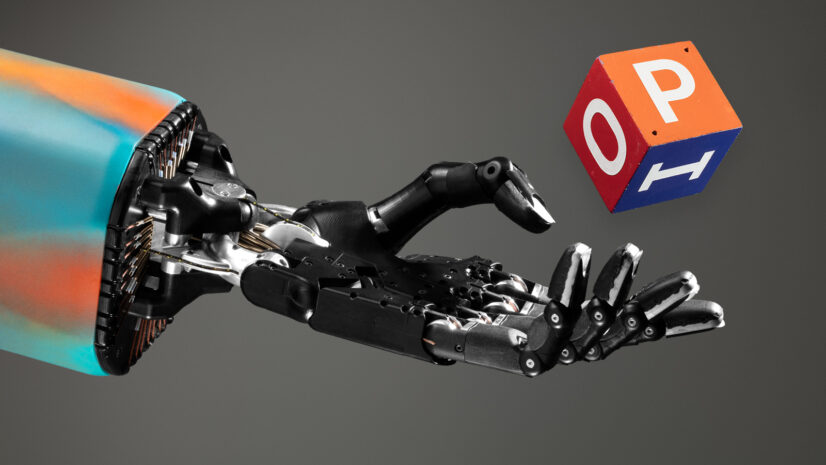
Dactyl’s development relied heavily on training within simulated environments. By utilizing reinforcement learning algorithms, the system learned to manipulate objects entirely in simulation before transferring its skills to the physical world. This approach allowed Dactyl to adapt to real-world physics without requiring precise physical modeling during training.
Solving the Rubik’s Cube
A notable achievement of Dactyl was its ability to solve a Rubik’s Cube one-handed. This complex task, challenging even for humans, demonstrated Dactyl’s advanced manipulation capabilities. The system utilized neural networks trained in simulation, combined with domain randomization techniques, to handle the variability and unpredictability of real-world environments.
Implications for Robotics
Dactyl’s success underscores the potential of simulation-based training for robotic systems. By mastering intricate tasks in a virtual setting, robots can acquire skills that are transferable to real-world applications, reducing the need for extensive physical trials. This methodology paves the way for more efficient and versatile robotic learning processes.
In summary, OpenAI’s Dactyl represents a significant leap forward in robotic manipulation, illustrating how AI and simulation can combine to teach robots complex, real-world tasks with high proficiency.
OpenAI Five: Mastering Complex Games
OpenAI Five is an AI system developed by OpenAI to play the complex real-time strategy game Dota 2. Dota 2 involves two teams of five players, each controlling a unique hero with distinct abilities, requiring strategic planning, teamwork, and real-time decision-making. OpenAI Five’s development marked a significant milestone in artificial intelligence, demonstrating the potential of AI in mastering complex, dynamic environments.
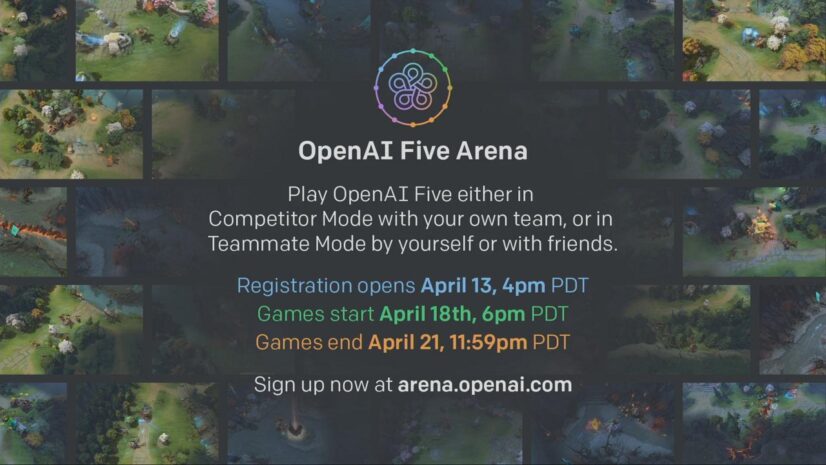
Development and Training
Training OpenAI Five involved a large-scale deep reinforcement learning approach. The AI learned by playing millions of games against itself, gradually improving its strategies and coordination. This self-play method allowed OpenAI Five to explore a vast array of scenarios and develop sophisticated tactics without human intervention. The training process was computationally intensive, utilizing a distributed system to handle the extensive data and computations required.
Achievements
One of the most notable achievements of OpenAI Five was its victory over the reigning Dota 2 world champions, Team OG, in April 2019. In a series of back-to-back games, OpenAI Five demonstrated superior strategy and coordination, marking the first time an AI system defeated world champions in an esports game.
Implications
The success of OpenAI Five has significant implications for the field of artificial intelligence. It showcases the potential of AI systems to learn and excel in complex, dynamic tasks that require real-time decision-making and strategic planning. The techniques and insights gained from developing OpenAI Five contribute to advancing AI research, particularly in reinforcement learning and multi-agent systems.
In summary, OpenAI Five’s mastery of Dota 2 exemplifies the remarkable progress in AI capabilities, highlighting the potential for AI to tackle intricate challenges and perform at superhuman levels in complex domains.
Each breakthrough brings practical benefits: GPT-4.5 enhances communication and creative problem-solving, Deep Research accelerates autonomous knowledge synthesis, OpenAI Gym provides a standardized framework for reinforcement learning, Dactyl advances robotic dexterity, and OpenAI Five demonstrates AI’s potential in real-time decision-making. These innovations are not just academic achievements—they have tangible applications in automation, education, customer service, scientific discovery, and beyond.
As AI evolves, OpenAI remains at the forefront, shaping the next generation of intelligent systems. The coming years will likely bring even more transformative breakthroughs, making AI an increasingly powerful tool for both businesses and individuals worldwide.




